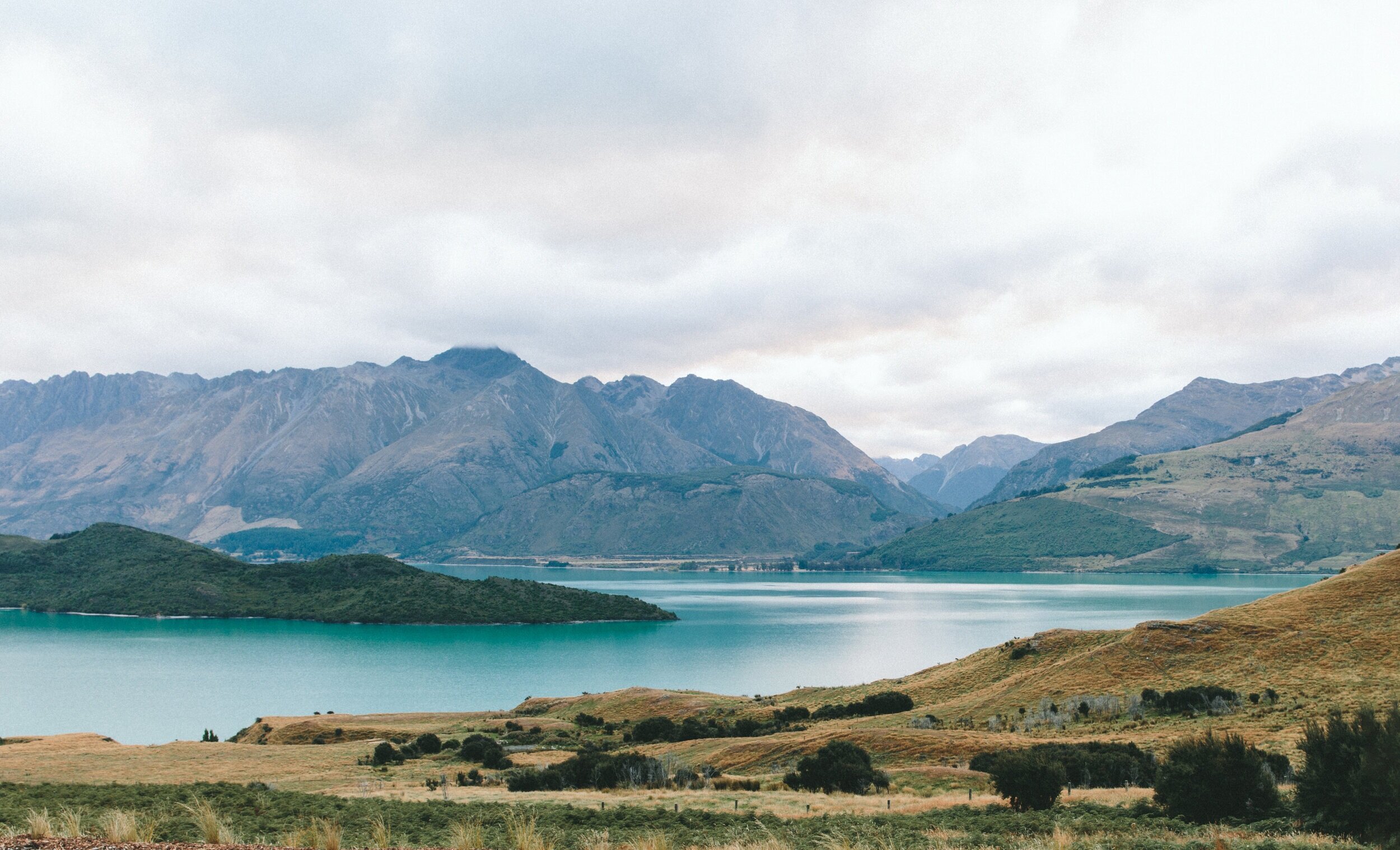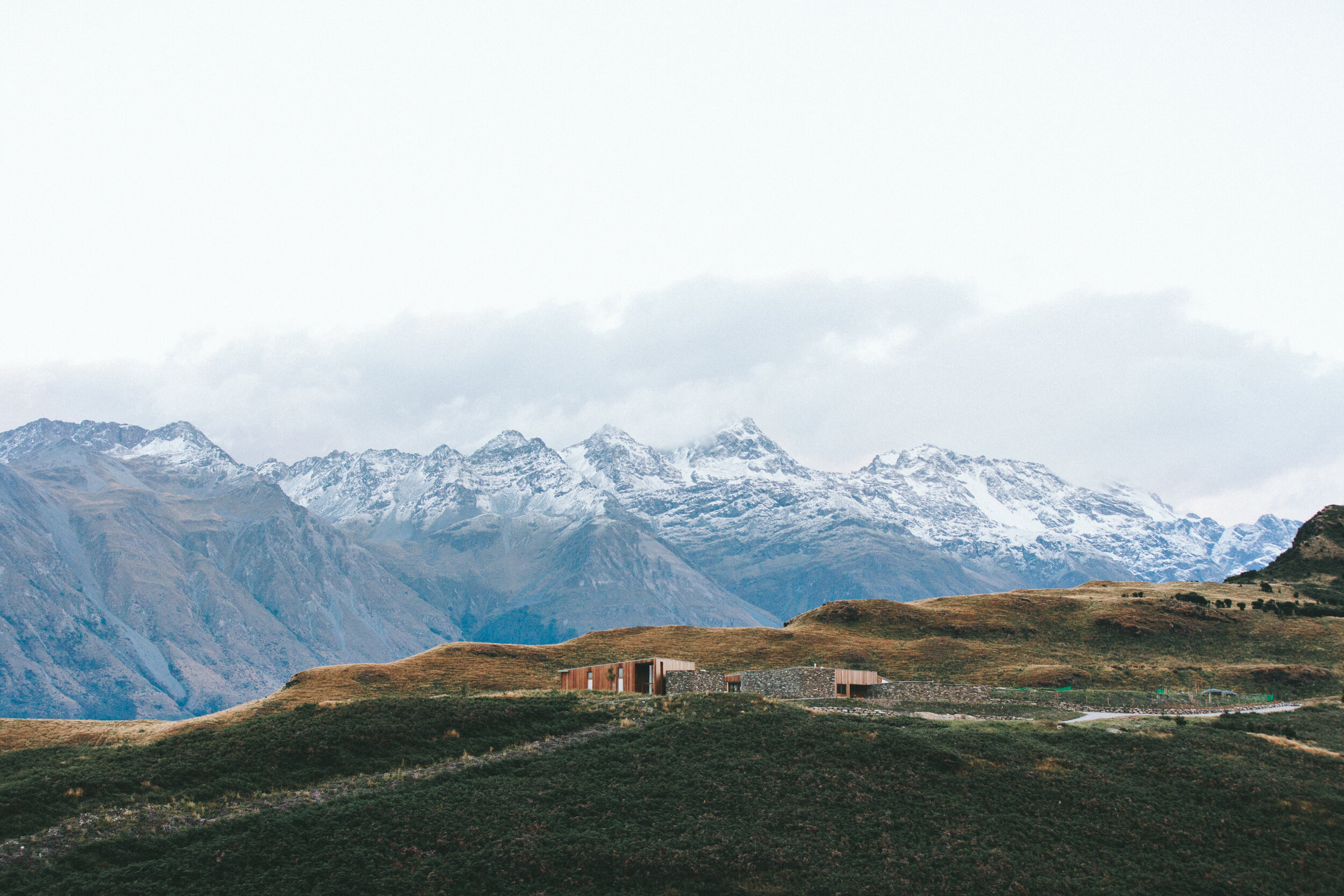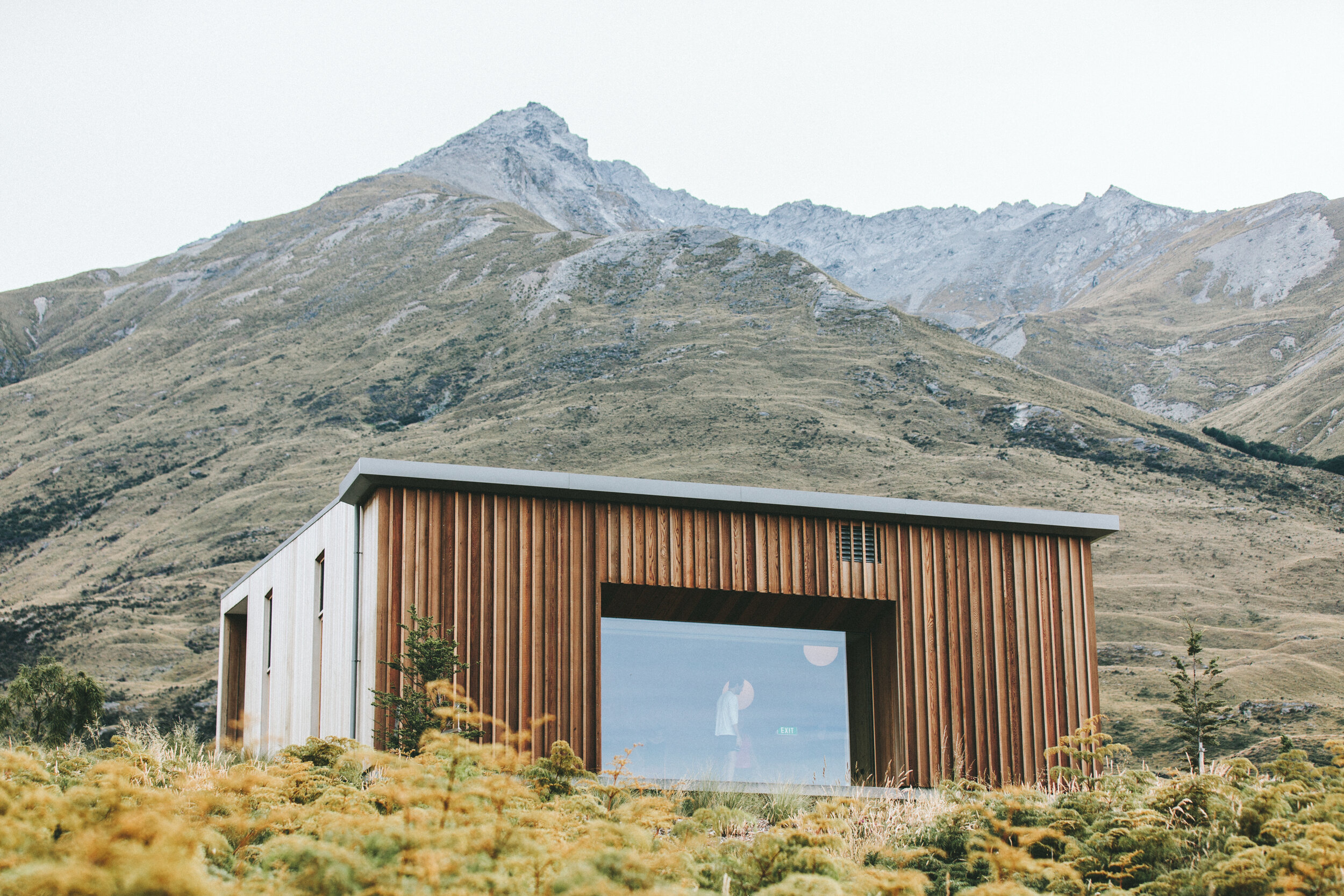
Climate News You Can Use
Keep up with our evolving climate.
Keep abreast of climate solutions.
Sign up for our complimentary climate update.
By understanding the causes you’ll quickly become part of the solution.
Climate Information to Know
-

Global Temperature
The planet receives energy from the Sun. It is either absorbed or reflected into outer space or released at a later date. The Earth’s temperature has remained a constant 1 degree for the last 10,000 years providing a consistent environment for life as we know it to evolve. Beginning with the industrial revolution (1860) humanity began burning gas, coal, oil and releasing methane from the wells. This has doubled the amount of carbon dioxide(CO2) in our atmosphere causing our global temperature to rise rapidly in the last 40 years passed 1.5 degrees (C).
-

Our Atmosphere.
All life on Earth lives and breathes in the Troposphere, a thin protective sliver of our atmosphere, 12 miles high at the equator, 4 miles at the poles and 6 miles high over Washington, DC. That’s all we have. See Our Atmosphere - NOAA.
Since 1860 we’ve doubled the density of Carbon Dioxide(CO2) from 220 to 420 parts per million. The additional CO2 acts like a blanket restricting excess energy from leaving earth’s atmosphere. The land and oceans have been absorbing the trapped solar energy, warming everything on the planet, now called Climate Warming.
-

Sea Surface Temperatures
Our Oceans cover 71% of the planet and hold 96.5% of the planet’s water. They have been quietly stabilizing our climate by absorbing and storing the excess energy we’ve trapped in our atmosphere since 1860 but mostly beginning in 1970.
The increasing ocean temperature is raising ocean sea level, melting glaciers and polar ice caps, slowing ocean currents, threatening marine life and causing more intense weather. All aspects of life above and below the ocean surface is being affected.
-

Polar Ice
The Earth’s Polar Ice is 34 million years old. Almost half (48%) of the polar ice extent has melted in just 40 years, allowing unreflected solar radiation to accelerate the warming of the Arctic Ocean 4 times faster than we anticipated. (12/2020, NOAA).
The rapidly warming Arctic Ocean is increasing absorption of solar energy, the currents to slow, the Polar Vortex (that initiates our weather patterns) to “wobble”, melting the tundra releasing Methane (86 times more impactful than CO2 and damaging human, terrestrial and marine life. See NASA Melted Ice Chart
-

Climate Warming
The Industrial Revolution began in 1860 producing atmospheric gases (CO2 and Methane) that trap the Sun's energy in our Earth system, causing Energy Imbalance. In 2005 the UN Climate Council set a goal to reduce CO2 emissions before we reached 1.5*C increase in global temperature. We haven’t.
On Oct 2024 we sailed past the 1.5* threshold as weather catastrophes increased in frequency and intensity. Although many countries have reduce CO2 emissions the US, China, and India continue to burn excessive amounts of fossil fuels causing rapid changes to our atmosphere, oceans, ice caps, glaciers and our weather in the biosphere(life). Since we are not reducing the fossil fuels we burn the global temperature continues to rise faster causing a climatic chain reaction that we may never be able to reverse. Until we reach NetZero emissions warming will continue to accelerate each decade threatening the lives of our children and grandchildren.
Humanity is aware of the warming and is developing ways to reduce or reverse climate warming and the effect it will have on planetary life. The questions is do we have time?
-

Climate Solutions
Humanity is creating an extrodianry array of solutions to stabilize and reverse the rising temperature of our planet. This list of solutions focuses on renewable methods of generating electricity through solar, wind, hydro and ocean energy sources. By becoming proficient at storing renewable energy, individuals, communities, businesses and governments can minimize the CO2 we release into our atmosphere.
Every individual can help humanity mitigate the effects of climate warming.
You can start by: reduce or stop burning fossil fuels (coal, oil and gas). Transition to renewable energy like solar, wind, and hydro power.
Improve energy efficiency. Reduce food waste. Protect and restore our forests. Promote sustainable agriculture. Encourage plant-based diets. invest in sustainable transportation, carbon capture, energy storage, regulating emissions, actively planting trees and lobby your governmental representatives.